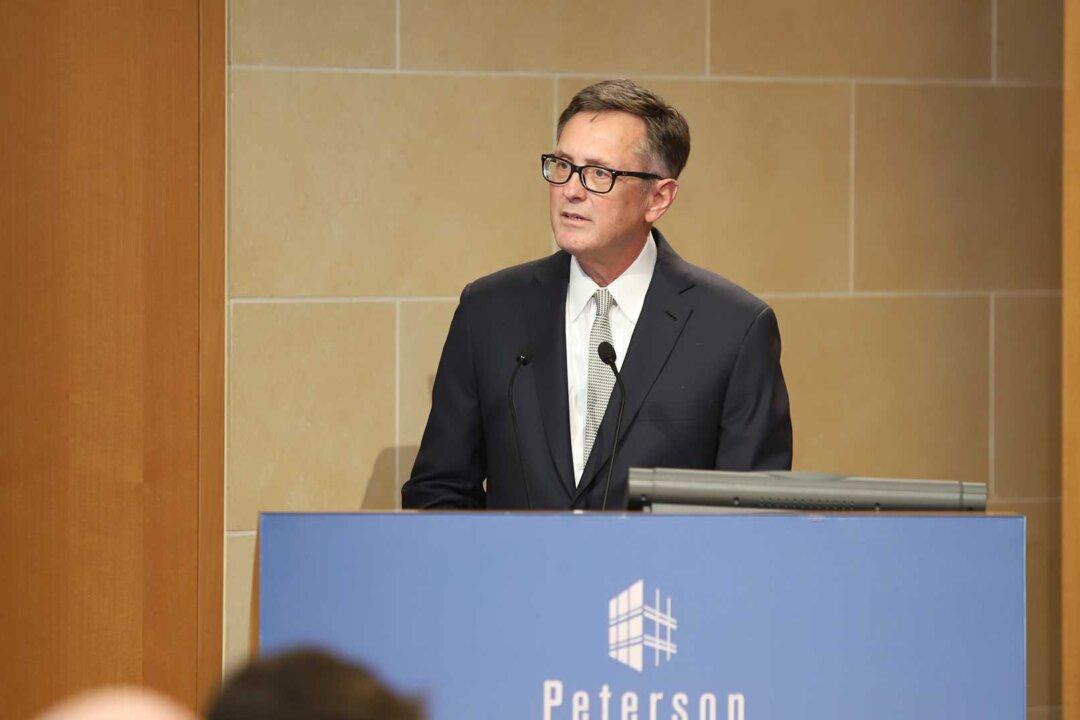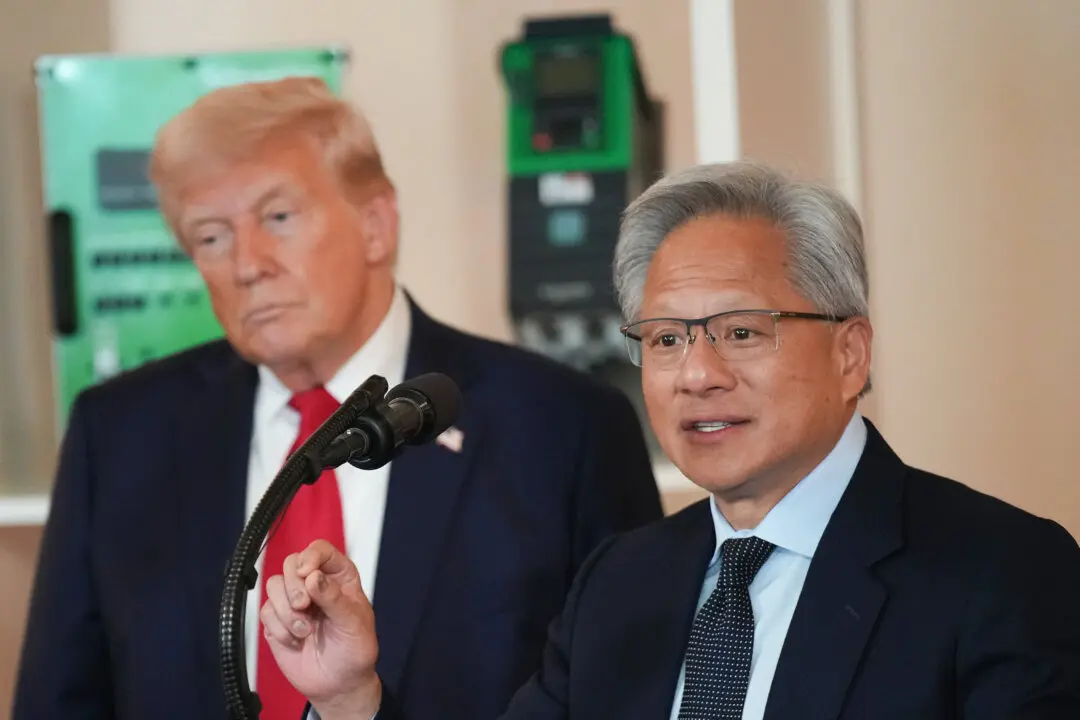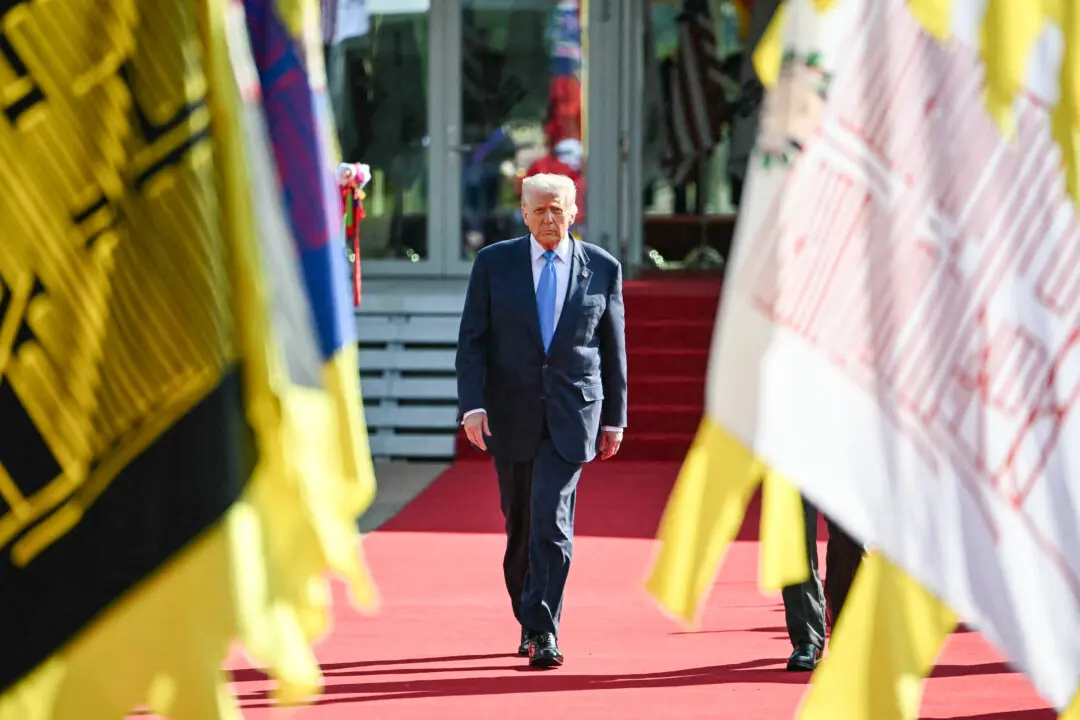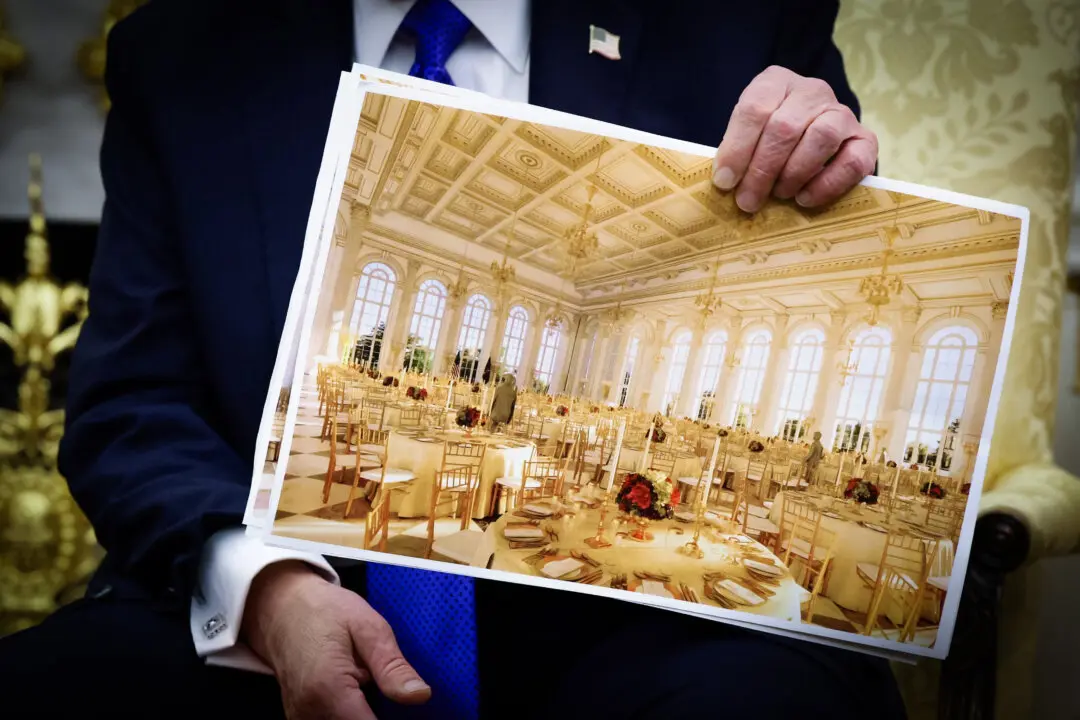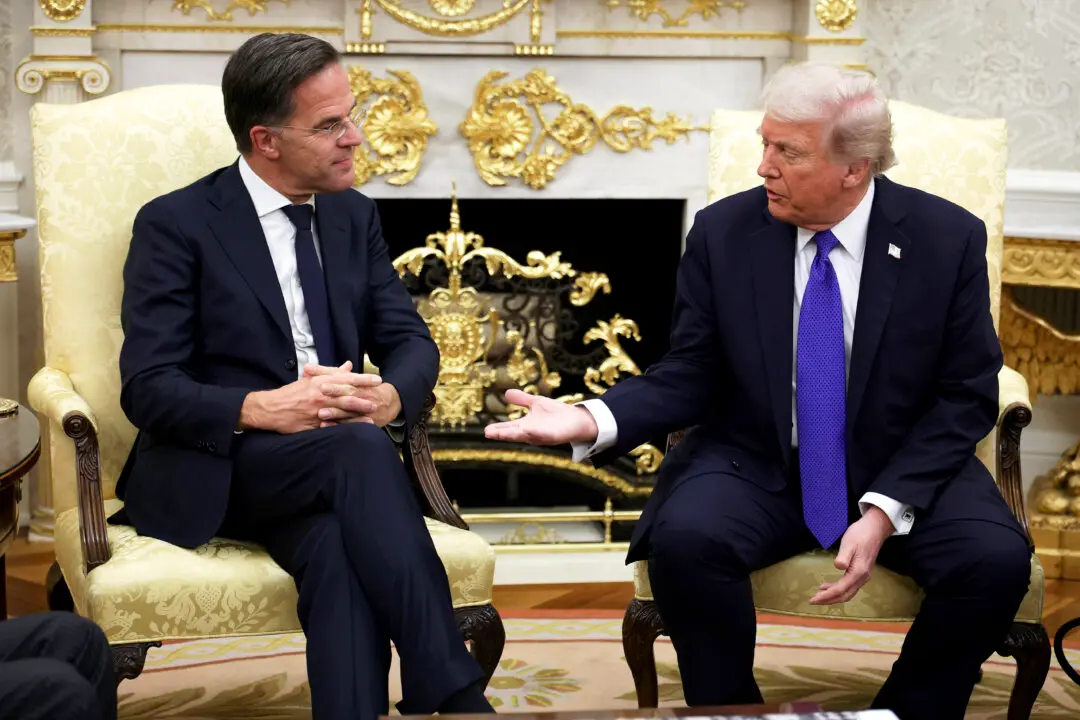WASHINGTON—Federal Reserve Vice Chairman Richard Clarida, in his first public remarks since taking office last month, said some further gradual increases in the federal funds rate would be appropriate.
“I supported the FOMC’s [Federal Open Market Committee] decision last month to raise the target for the federal funds rate to a range of 2 to 2.25 percent,” he said Oct. 25 at the Peterson Institute for International Economics, a Washington-based think tank. “If the data come in as I expect, I believe that some further gradual adjustment in the federal funds rate will be appropriate.”
